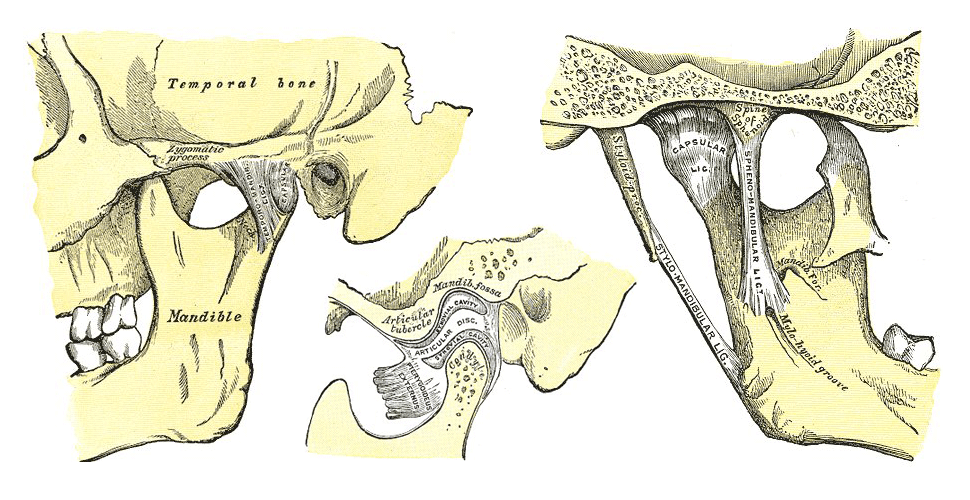Using TENS For TMJ Pain
If you or someone you know has struggled with TMJ pain, you know that finding a correct and effective treatment for you can be challenging. Everyone who has a temporomandibular joint disorder (TMD) has to find what works specifically for them. For some people this takes the help of a dentist or TMJ specialist, while for other people they are able to find out what works on their own. Most people need a combination of medications, rest, heat, cold, exercises, and bite splints.
These aren’t the only treatments for TMJ though. One type of additional treatment for TMJ pain that has gained some popularity is known as TENS…
What is TENS?
TENS stands for transcutaneous electrical nerve stimulation. Translation: A small electrical current is applied to your skin that stimulates nerves and muscles in a specific area. TENS units have been used over the years to treat a variety of different types of pain.
How Does TENS Treat Pain?
It’s isn’t entirely clear how exactly TENS treats pain. There are two major theories though about how it works.
The first is known as the gate theory of pain. This theory states that your body sends pain signals through nerves. If you can overwhelm the nerves with another type of stimulation (such as a small electrical current) then it will block the pain signals.
The second theory says that TENS stimulates your body to produce more pain reducing chemicals known as endorphins.
It may actually be a combination of both of these.
Is TENS Effective for TMJ/Jaw Pain?
There isn’t an easy answer for this one. The honest answer is that we don’t really know. It may be effective for some people and not effective for others. It may be effective with certain placements and electrical settings and not at others. There really hasn’t been enough study to know for sure. What I can tell for sure is many TMJ specialists recommend trying it and many TMJ pain sufferers swear by it. By itself, TENS isn’t a complete solution to TMJ problems but can be a good tool to be used in addition to other TMJ treatments.
Where To Place The Electrodes?
Electrode placement for TENS is not an exact science. There definitely haven’t been any studies done trying to find the correct position. What I personally recommend is that you place one electrode slightly forward of your ear and place the other electrode on the back of your neck on the same side. Do this on both sides. Another option is to place one electrode near the angle of your jaw and the other on your temple.
Try both of these and see what works for you. Depending on the specific location of your pain one may work better than the other.
What kind of settings should I use?
This is another of those questions that we really don’t have a good answer for because it really hasn’t been studied. What we do know about TENS units is that their effectiveness can be highly dependent on the level of current used. Start low and keep increasing the current until you feel that you are starting to get some results. There are several other settings such as frequency that make a difference.
Studies point toward high frequency and high stimulation being the most effective, especially for short term pain. High frequency for a TENS unit is around 100 Hz whereas low frequency is considered to be around the 10 Hz range.
Most studies had patients use it for about 30 minutes, twice a day but again you’ll need to see what works best for you as there was a good bit of variability in how long it was used.
What Kind Of TENS unit should I get?
Most types of TENS units will work just fine for TMJ pain. You can find everything from $30 basic units up to $1000 medical grade units. Personally I’d recommend just using a basic unit. My patients who use TENS units have been satisfied with these basic models. You’ll get all the functionality you need to treat your TMJ pain. Amazon has quite a few different options. The one I personally recommend is the HealthmateForever YK15AB. It currently has over 7000 reviews on Amazon with a 4 1/2 star rating. You can also click on the picture to take you to the listing.
References:
Effectiveness of Transcutaneous Electrical Nerve Stimulation for Treatment of Hyperalgesia and Pain. Curr Rheumatol Rep. 2008 Dec; 10(6): 492–499.



